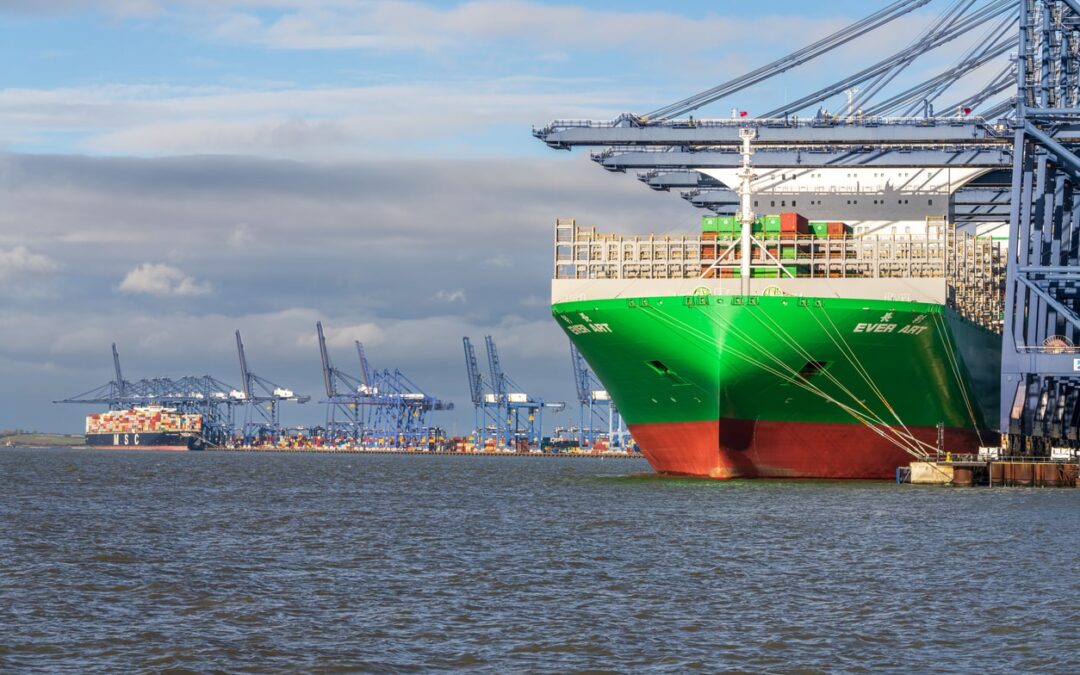Less than Container Load (LCL) shipment is a critical component of global trade, enabling businesses to ship smaller volumes of goods without the need for a full container. This guide delves into the intricacies of LCL shipment, highlighting its importance, benefits, and practical tips for a seamless shipping experience.
What is LCL shipment
LCL shipment refers to the transportation of goods that do not occupy an entire container. Instead, multiple shippers’ cargoes are consolidated into one container. This method is ideal for businesses that need to ship smaller quantities of goods, offering a cost-effective solution compared to Full Container Load (FCL) shipments.
Key characteristics of LCL shipment include consolidation of multiple shipments into one container, cost sharing among different shippers, and flexibility in handling varying shipment sizes and frequencies.
Benefits of LCL shipment
Choosing LCL shipment provides several advantages. Firstly, it is cost-efficient as sharing container space and costs with other shippers makes LCL a more economical option for smaller shipments. Additionally, it offers flexibility, making it ideal for businesses with lower shipment volumes or irregular shipping needs. Moreover, by maximising container space usage, LCL shipment reduces the carbon footprint associated with shipping.
When to choose LCL shipment
Determining when to opt for LCL shipment depends on several factors. Volume considerations play a significant role; LCL is suitable for shipments that are too large for air freight but too small for a full container. Conducting a cost-benefit analysis to evaluate the cost savings of LCL against the frequency and size of shipments can guide decision-making effectively.
LCL vs FCL
Understanding the differences between LCL and FCL is crucial for making informed shipping decisions. In LCL, multiple shippers share container space, leading to cost savings but potentially longer transit times due to consolidation and deconsolidation processes. On the other hand, FCL involves a single shipper using the entire container, providing direct shipping routes and faster transit times, albeit at a higher cost.
The advantages and disadvantages of each method should be carefully weighed. LCL offers cost-effectiveness, flexibility, and environmental benefits but may involve longer transit times and a higher risk of damage due to multiple handling. Conversely, FCL provides faster transit, less handling, and more control over the shipment but comes with higher costs and less flexibility for smaller shipments.
LCL shipment process
The process of LCL shipment involves several stages. Initially, the booking phase requires reserving space with a freight forwarder or shipping line. Following this, the consolidation stage combines multiple shipments into one container at a consolidation warehouse. Transportation then moves the container to the destination port, and finally, deconsolidation involves unpacking and distributing individual shipments at the destination warehouse.
Documentation for LCL shipment
Proper documentation is essential for smooth LCL shipment. Key documents include the Bill of Lading (B/L), which serves as a contract between the shipper and carrier detailing the shipment, the Commercial Invoice provided by the seller to the buyer, and the Packing List, which lists the contents of the shipment.
Cost factors in LCL shipment
Several factors influence the cost of LCL shipment. Freight charges, the base cost of shipping based on weight, volume, and distance, are a primary consideration. Additional fees for handling, documentation, and customs clearance, along with surcharges like seasonal adjustments and fuel costs, also impact the overall expense.
How to pack for LCL shipment
Proper packing is crucial for the safety and integrity of LCL shipments. Using sturdy boxes, pallets, and protective materials is essential to safeguard goods. Palletizing, or grouping boxes on pallets, facilitates easier handling and stability. Accurate and clear labelling of packages is vital for identification and handling instructions.
Tips for smooth LCL shipping
Ensuring a smooth LCL shipping experience involves several strategies. Working with experienced freight forwarders for efficient logistics management is crucial. Additionally, planning shipments well in advance helps account for consolidation and transit times. Maintaining open lines of communication with all parties involved allows for prompt addressing of any issues that arise.
Common challenges in LCL shipment
LCL shipment can present various challenges. Potential delays during consolidation, transportation, and deconsolidation are common. Increased handling increases the risk of damage to goods. Complications in customs clearance due to mixed shipments can also pose difficulties.
Solutions for LCL shipment issues
Mitigating common LCL shipment issues involves several approaches. Securing comprehensive insurance coverage can protect against loss or damage. Investing in high-quality packaging minimises the risk of damage. Working with reputable logistics providers ensures reliable service and reduces potential complications.
Sustainable LCL shipping practices
Adopting sustainable practices in LCL shipping can reduce environmental impact. Reducing the carbon footprint through efficient routes and transportation methods is beneficial. Maximising container space usage to minimise the number of shipments also contributes to sustainability.
FAQs about LCL shipment
What is LCL shipment?
LCL shipment involves consolidating multiple smaller shipments into one container, allowing businesses to share transportation costs.
When should I choose LCL over FCL?
LCL is ideal for smaller shipments that don’t require a full container, offering cost savings and flexibility.
What documents are needed for LCL shipment?
Key documents include the Bill of Lading, Commercial Invoice, and Packing List.
How can I reduce the risk of damage in LCL shipment?
Using high-quality packing materials, proper labelling, and securing insurance can help minimise damage risk.
What are the main cost factors in LCL shipment?
Costs are influenced by freight charges, additional fees, and surcharges.
How can I ensure a smooth LCL shipping process?
Partnering with experienced freight forwarders, planning ahead, and maintaining clear communication are crucial for smooth LCL shipping.
Looking for an LCL shipment solution?
LCL shipment offers a versatile and cost-effective solution for businesses looking to ship smaller quantities of goods. By understanding the benefits, challenges, and best practices associated with LCL shipping, companies can optimise their logistics processes and ensure successful, efficient, and sustainable shipments. If you’re looking for guidance on LCL shipping, feel free to contact us here.

